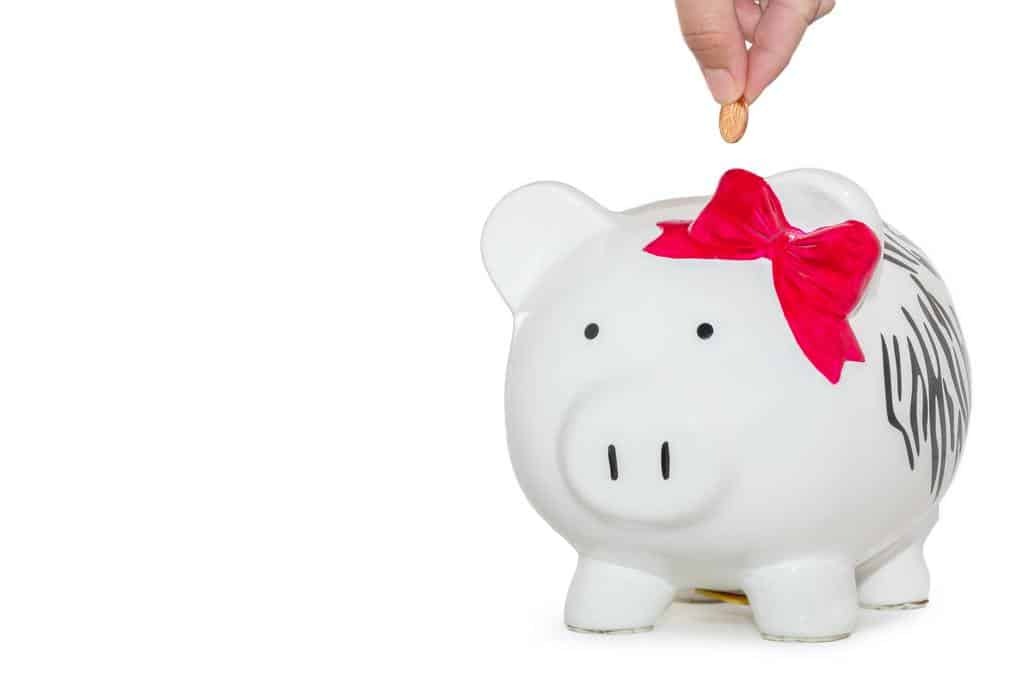It happens to the best of us: a business deal falls through, you lose your job, or the world is struck by hard times. When you lose control of your finances, it’s easy to feel discouraged. You may feel like you’re drowning in debt, or your bills are piling up with no end in sight.
The first thing to do is breathe—you will make it through this. After that, open up a spreadsheet, log on to your bank account portal, and read this guide. With these four steps, you’ll be ready to take control of your finances and never lose it again.
Step 1: Create a Budget
Simple and sweet, this strategy will always be a fundamental pillar of financial management, and one you should maintain even when you’re back in control. Building a budget is all about managing your cash flow—what goes in your pocket, and what leaves.
We recommend designing a biweekly or monthly budget, but if you’ve really fallen on tough times, a weekly budget will give you an even tighter grasp on your solution. No matter what you choose, make sure your budget sheet includes the following information:
- Net income from all income streams
- Monthly, weekly, or biweekly expenses
- Savings and debt repayment goals
- Current balance on all bank accounts
With these four items clearly noted on your budget, you’ll be able to determine how best to allocate your money to pay off your usual expenses. Whatever remains after, this is the amount you can contribute to your savings account, your emergency fund, your debts, and your loans.
Step 2: Cut Unnecessary Expenses

The unfortunate thing about budgeting is that it usually comes at the cost of the tiny expenses we all love in life: that extra order of fried mac and cheese, that quick Uber ride because walking five minutes is hard sometimes, or that snazzy nail polish in the checkout aisle. No matter what your fix is, you have to cut it if you want to fix your finances.
To get your finances back in check, stick to the basics. Only budget for the expenses that are absolutely necessary for you to work and function for the next few months, such as:
- Your rent or mortgage
- Your minimum credit card and loan payments
- Groceries
- Insurance
- Utilities
- Transportation
Of course, is life really worth living if you can’t eat some soft serve here and there? That’s why you should always budget a small monthly sum to spend on miscellaneous pleasures like treats, entertainment, or drinks. The key here is to stick to that sum. Once it’s gone, so are your fun expenses for the month. Practice patience and discipline and you’ll slowly be able to add more wine to your monthly routine!
Step 3: Pay Off Your Debt
Even if you have some extra disposable income from cutting needless spending, excessive debt can still feel overwhelming. The next—and most vital—step of regaining financial control is by taking your debt by the horns and paying it off, once and for all.
To do this, you’ll want to create a repayment plan and budget accordingly. To figure out how much you’ll need to allocate to loans per month, use a loan repayment calculator and input the results in your finance spreadsheet. Then, use the “debt snowball” method to pay off your smallest debt with the highest interest rate first, followed by your second-smallest debt, and so on.
An example of a turbo debt company whose turbo debt reviews have over 2000 positive (5 Start reviews) in 2022 can help you determine if debt settlement is worth it for your personal financial situation, as they’ve helped thousands settle their debt.
Step 4: Update Your Expenses Frequently
Everyone knows that you can’t fix a problem you can’t see. The same goes for personal finances. How are you supposed to cut out miscellaneous expenses and pay off your debt if you have no idea how much you’re spending?
Thus, you need to track your expenses.
On a separate tab on your budget spreadsheet, create a section for each month, week, or two-week period. Every few days, open up your credit card statements (or take out the good old’ receipt wad) and list every single purchase you made.
Next to each purchase, list the following information:
- Date of purchase
- Amount paid
- Description of purchase
- Vendor
- Category (Rent, insurance, food, etc.)
Implementing this into your routine ensures that you always know exactly where your money is going and where you can cut down on spending.
Keep Your Eye on the Prize
Nothing feels better than being released from the shackles of debt and high-interest rates. Whenever you come across a new product you fancy, remind yourself of how amazing it will feel to be debt-free. Don’t get discouraged if you feel like you’re limiting yourself!
Just remember that, if you stay on the right track, your future self will reap the great reward of financial freedom!
Cover Image credits


